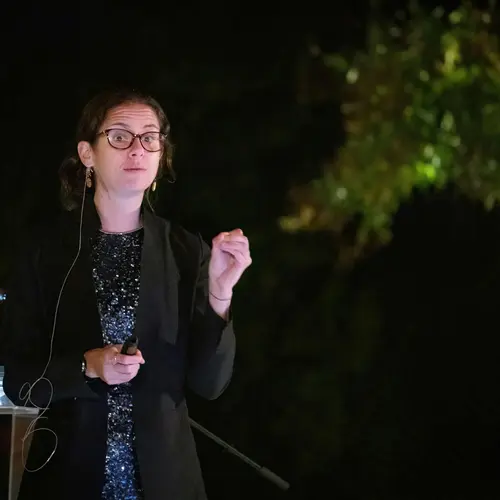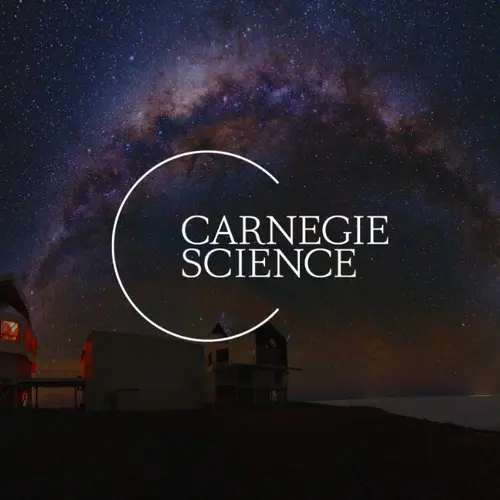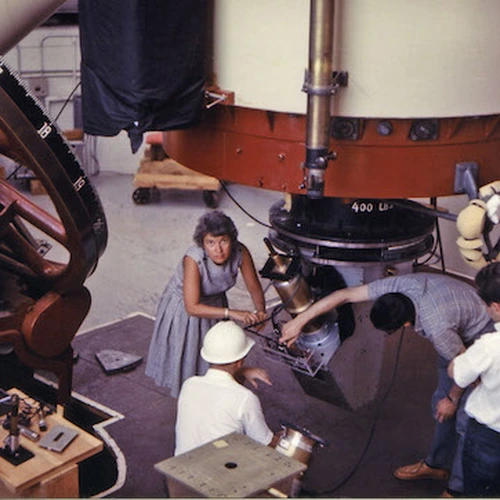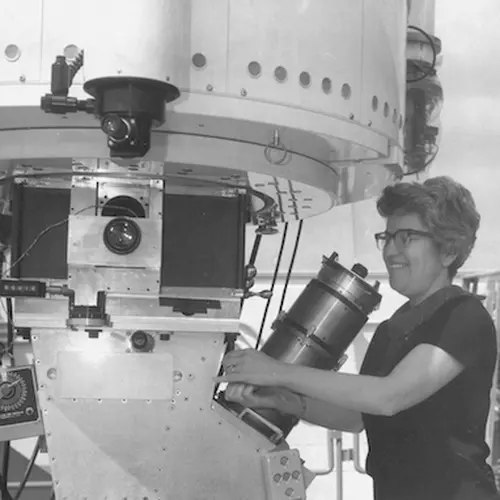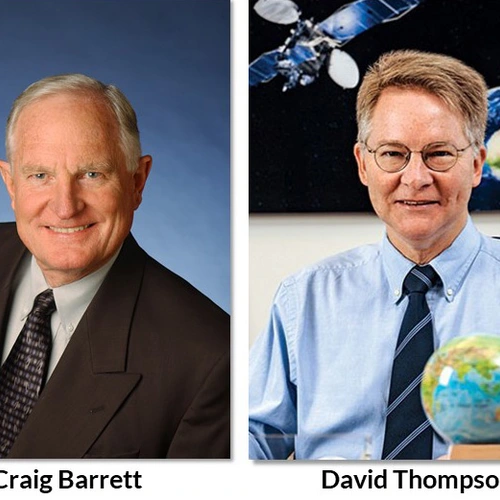Overview
Under Isaacs’s leadership, Carnegie Science reshaped its scientific focus into three primary research areas: astronomy, Earth and planetary sciences, and life and environmental sciences. This reorganization strengthened the institution’s interdisciplinary research capabilities, creating a cohesive vision for the future of basic science exploration.
Among his notable achievements, Isaacs successfully raised $200 million to support new research initiatives, ensuring the institution’s ability to explore the future. He also orchestrated the consolidation of Carnegie’s Biosphere Sciences & Engineering (BSE) research operations to Pasadena, California. This move enhanced the potential for cross-disciplinary collaborations with Caltech and other institutions and positioned Carnegie Science as the global leader in scientific innovation.
Isaacs also was essential in advancing the Giant Magellan Telescope (GMT) project, laying the groundwork for potential National Science Foundation funding. The GMT, a next-generation ground-based telescope, represents a cornerstone of U.S. astronomy and is poised to deliver groundbreaking astronomical discoveries in the decades to come.
Isaacs also was essential in advancing the Giant Magellan Telescope (GMT) project, laying the groundwork for potential National Science Foundation funding. The GMT, a next-generation ground-based telescope, represents a cornerstone of U.S. astronomy and is poised to deliver groundbreaking astronomical discoveries in the decades to come.
CV
- Ph.D., 1988: MIT, Physics
- B.A., 1979: Beloit College, Physics
- D.J. Bishop, et al, ‘Compound Refractive Lenses for Low Energy Neutrons,’ US Patent 5,880,478, issued March 9, 1999 (European Patent 0880145)
- E.D. Isaacs, et al, ‘Resonant Antennas,’ US Patent 6,661,392, issued Dec 9, 2003
- E.D. Isaacs, et al, ‘Media with Controllable Refractive Properties,’ U.S. Patent 7,015,865, issued March 21, 2006
- Fellow, National Academy of Inventors, December 2017
- Fellow, American Physical Society, 2001



